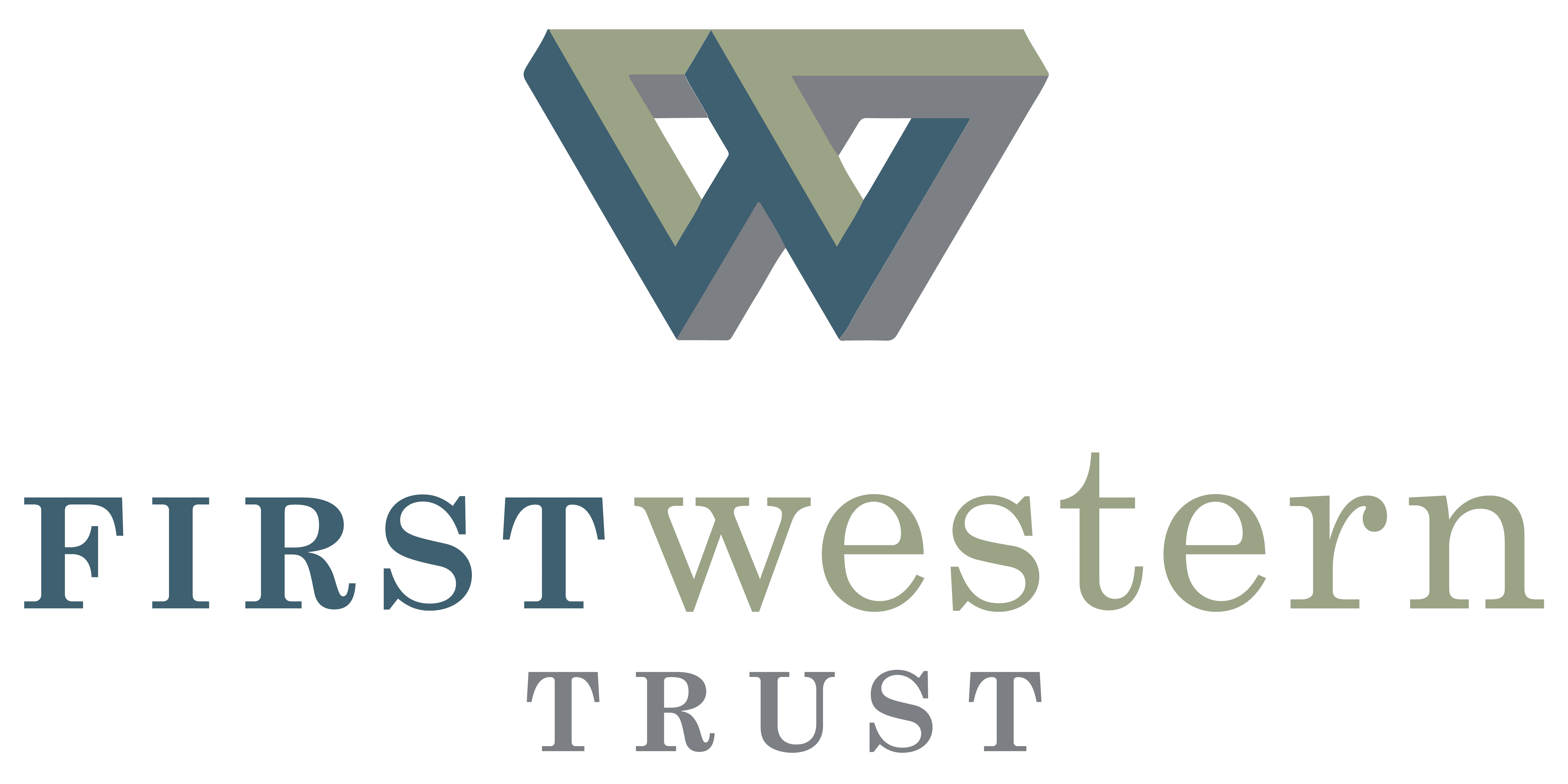
Week in Review: June 30, 2023
July 3, 2023
Recap & Commentary
Markets ended the week higher boosted by revised GDP data, the results of the Fed’s annual stress test of big banks, and positive inflation data. The combination of data pushed market expectations for another Fed rate hike in July to 87%, up from 74% the prior week, and 54% a month ago.
The third estimate of 1Q23 GDP showed the economy expanded at 2.0%, up from the initial and second estimates of 1.0% an 1.3%, respectively. The growth was driven by consumer spending which expanded at a 4.2% rate, the fastest pace since 2Q21. Though recession fears persist, the strong growth in consumer spending, coupled with the ongoing strength in the labor markets argue that any recession may not be as imminent, or severe, as some expect.
The Fed released the results of its annual stress test showing that all 23 large banks tested, passed. This year’s test included a severe global recession with a 40% decline in commercial real estate prices, a substantial increase in office vacancies, and a 38% decline in house prices. In addition, it assumed unemployment rises to 10%, accompanied by a commensurate decline in economic output. The results helped allay some of the fears resulting from the earlier failures of Silicon Valley and First Republic banks as well as growing concerns about banks’ exposure to the commercial real estate sector.
Economic Commentary
New home sales surged in May, as buyers continued to turn to newly constructed homes given the low supply of existing homes for sale. New home sales jumped to 763K, up 12% from April and 20% from a year ago. Conversely, pending home sales declined 2.7% to the lowest level since December. Despite the recent strength in housing starts and new home sales, total supply is still struggling to keep pace with demand. According to The National Association of Realtors, three offers are coming in for every home listing.
Core PCE, the Fed’s preferred measure of inflation, was in line with estimates in May, increasing by 0.3%. Core PCE increased 4.6% since last year, 0.1% less than anticipated. Since April, prices for goods declined 0.1% while prices for services increased 0.3%. The core reading, which strips out the volatile food and energy categories where much of the progress on headline inflation has been concentrated, has been consolidating for months and highlights the difficulty of combatting the stickier components of inflation.
Personal incomes climbed 0.4% in May but spending only rose a tepid 0.1%, declining sharply from April’s 0.6% increase. Spending on services increased during the month largely due to international travel and transportation but was offset by declining spending on goods. Within goods, most of the decline was due to lower spending on new motor vehicles and parts.
Consumer confidence rebounded sharply in May, to its highest reading since January 2022. Optimism was centered around the strong job market, but 2/3 of respondents still anticipate a recession within the next year.
Of Note
The Organization of the Petroleum Exporting Countries (OPEC) predicts that global oil demand will rise from 102 million barrels per day (mbpd) in 2023 to 110mbd by 2045, while total energy demand will climb 23% by 2045.
Market Indices (As of 06/30)
- June Employment Report
- ISM Manufacturing
- ISM Services
- JOLTs
- Weekly Jobless Claims

















